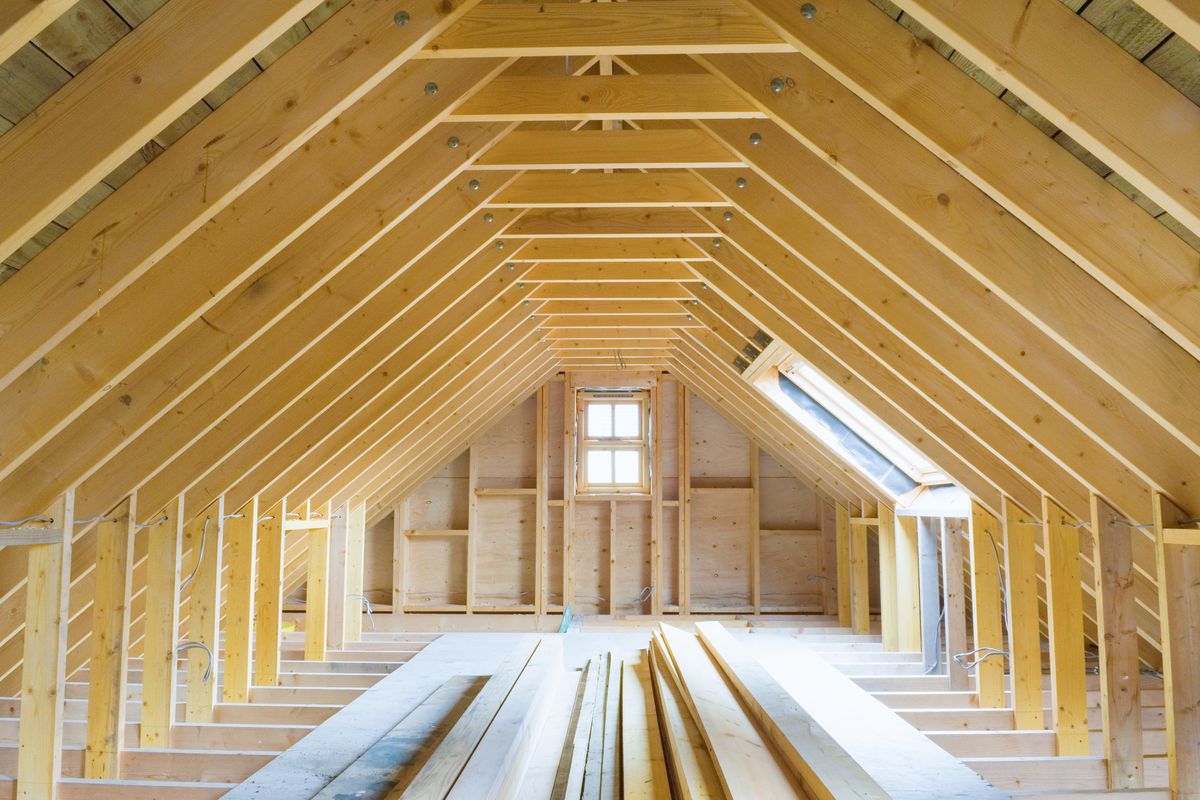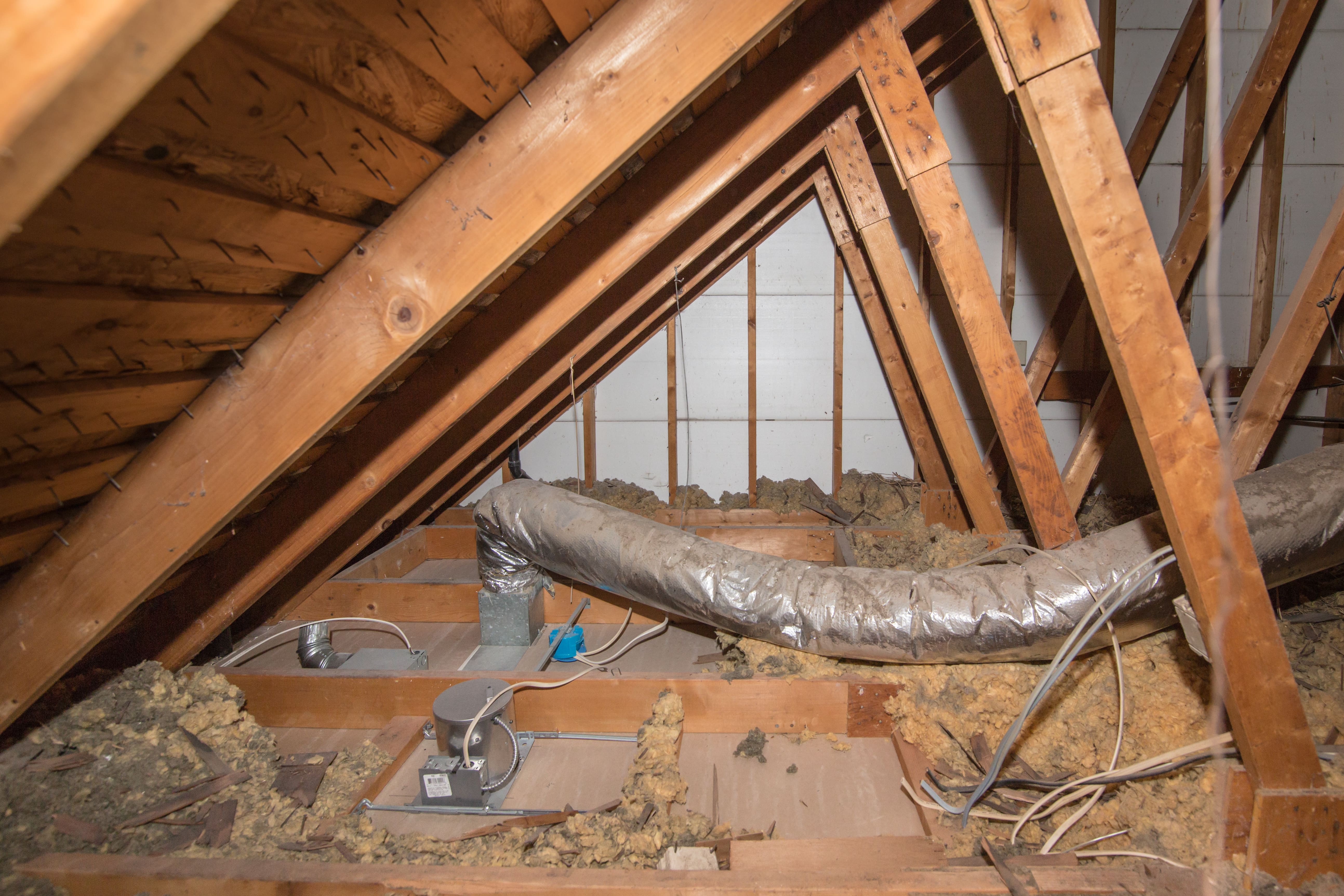Save Cash and Improve Comfort with Specialist Attic Insulation DFW
Discover the Different Kinds Of Attic Insulation and Their Unique Advantages for Your Home's Power Performance

Fiberglass Insulation
Fiberglass insulation is one of one of the most generally used products for attic insulation because of its exceptional thermal performance and cost-effectiveness. Made up of tiny glass fibers, this material properly traps air, creating a shielding barrier that aids preserve regular indoor temperature levels. Its high R-value per inch makes it especially reliable at standing up to warm transfer, which is critical for energy preservation in homes.
Installation of fiberglass insulation is relatively uncomplicated, commonly readily available in batts or loose-fill types, fitting different attic room setups. Furthermore, it is non-combustible and immune to moisture, lowering the risk of mold advancement. This sturdiness adds to its long life, making fiberglass a viable long-term financial investment for homeowners.
In addition, fiberglass insulation is typically produced from recycled products, which boosts its eco-friendliness. The product can also contribute to soundproofing, reducing sound transfer in between rooms. While it is crucial to put on protective equipment during setup to avoid irritability from the fibers, the general benefits of fiberglass insulation, consisting of power cost savings and ecological factors to consider, make it a preferred option for enhancing attic efficiency and promoting a comfy living environment.
Spray Foam Insulation
Spray foam insulation is an extremely reliable choice for attic insulation, understood for its exceptional air securing and thermal efficiency. This cutting-edge insulation product is composed of a blend of isocyanate and polyol resin, which, when incorporated, increases rapidly to fill voids and dental caries in the attic area. Its capacity to comply with different surface areas ensures a continual barrier versus air leaks, considerably lowering warmth loss throughout colder months and heat gain throughout warmer periods.
One of the crucial benefits of spray foam insulation is its high R-value per inch, which indicates it provides excellent thermal resistance in a reasonably slim application. This is specifically useful in attic rooms where area is commonly limited. In addition, spray foam can assist reduce dampness accumulation, minimizing the risk of mold and mold development, which can be destructive to both the framework and indoor air quality.
While the preliminary price of spray foam insulation might be greater than traditional options, its long-lasting power savings, coupled with raised convenience and enhanced home worth, make it a rewarding financial investment for homeowners looking for boosted power effectiveness. Attic Insulation DFW. In general, spray foam insulation attracts attention as a reliable service for enhancing attic room insulation
Cellulose Insulation

Cellulose insulation is a popular selection for attic insulation, mostly made up of recycled paper products treated with fire resistants. This ecologically friendly option is known for its excellent thermal performance, efficiently minimizing heat transfer in both summer and cold weather. The dense composition of cellulose permits it to fill voids and voids in attic areas, providing a smooth barrier against air leaks.
Among the considerable benefits of cellulose insulation is its capacity to withstand mold and mildew and parasites, owing to the fire retardant treatments utilized throughout production. Furthermore, it flaunts a high R-value per inch, which equates right into remarkable energy efficiency. House owners can expect lower heating & cooling costs as an outcome of boosted insulation.
Installment is typically completed through blowing loose cellulose into the preferred area, enabling for a fast and effective process. This approach also minimizes interruption to the existing structure. Moreover, cellulose insulation has a relatively low ecological influence, as its production process uses recycled materials, adding to sustainable structure techniques.
Rock Woollen Insulation
Among the various choices for attic insulation, rock wool, additionally referred to as mineral wool, stands apart because of its remarkable thermal and acoustic efficiency. Made from natural or recycled materials, rock woollen is created by melting rock and spinning it into fibers, resulting in an item that uses exceptional insulation residential properties.
One of the substantial benefits of rock woollen insulation is its high R-value, which suggests its efficiency in withstanding warm flow. This characteristic not just click resources boosts power efficiency however also contributes to keeping a comfortable interior temperature year-round. Furthermore, rock woollen is naturally fireproof, making it a much safer choice for homes as it can hold up against high temperature levels without melting or launching harmful fumes.
Moreover, rock wool insulation excels in soundproofing capacities, efficiently lowering noise transmission between spaces and from outside sources. On the whole, rock wool insulation supplies a thorough option for boosting power efficiency, security, and convenience in domestic settings.
Glowing Barrier Insulation
Glowing obstacle insulation offers as an effective solution for minimizing heat transfer in attic rooms, specifically in warmer climates. This kind of insulation jobs by reflecting glowing heat far from living areas, thus minimizing the amount of warm that gets in a home throughout heat - Attic Insulation DFW. Normally made up of a highly reflective material, such as aluminum foil, radiant barriers are installed in attic rooms, encountering the roof covering, where they can intercept inbound warm from the sunlight
The key benefit of glowing barrier insulation is its capacity to reduced air conditioning costs. By mirroring heat as opposed to absorbing it, radiant obstacles can help maintain a more steady indoor temperature, minimizing the work on cooling systems. This effectiveness converts into reduced power expenses and raised convenience for homeowners.
In enhancement to power savings, glowing barriers can additionally add to boosted interior air high quality. By lowering warm buildup, they help decrease humidity levels, which can protect against mold and mildew growth and boost total air circulation. When mounted correctly, glowing obstacle insulation can be a vital addition to any energy-efficient home, making it a deserving consideration for property owners looking to enhance their attic insulation strategy.
Final Thought
In verdict, comprehending the various types of attic room insulation-- fiberglass, spray foam, cellulose, rock woollen, and glowing barriers-- next enables home owners to make informed decisions concerning energy effectiveness. By choosing the suitable insulation product, significant decreases in power expenses can be accomplished, along with improvements in indoor comfort.

In conclusion, recognizing the numerous types of attic room insulation-- fiberglass, spray foam, cellulose, rock woollen, and radiant barriers-- allows homeowners to make educated decisions regarding energy effectiveness.